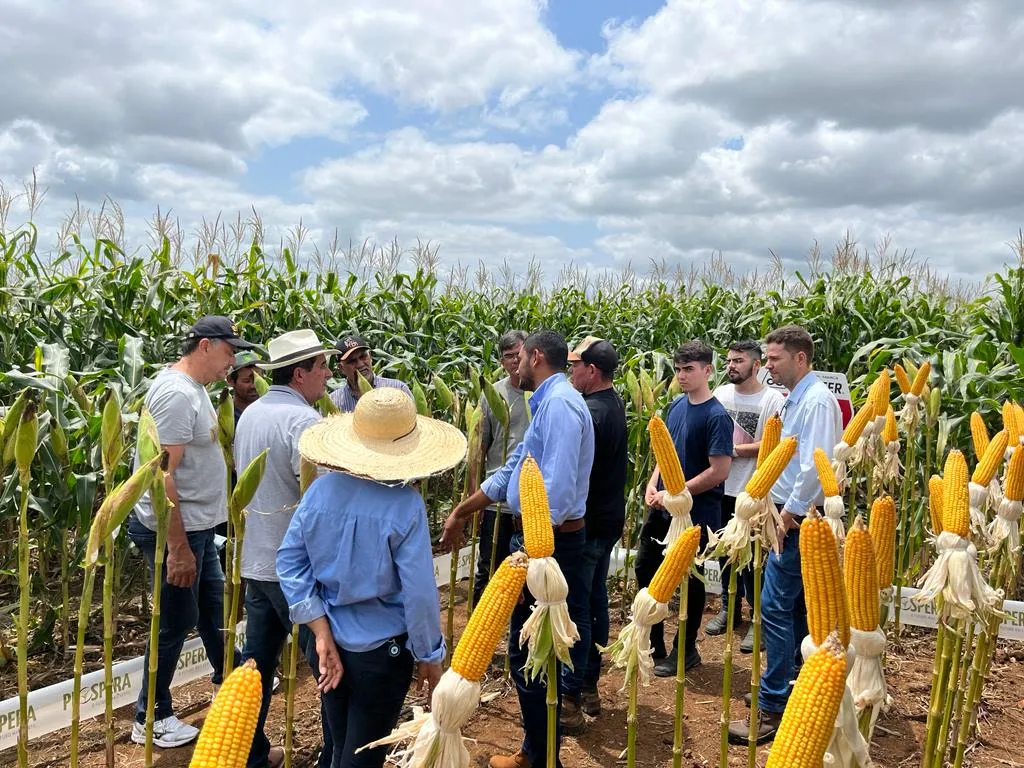In the heart of Northeastern Brazil, a groundbreaking study is challenging conventional agricultural practices and offering a glimpse into the future of sustainable farming. Led by Leovânio R. Barbosa from the Department of Soils and Rural Engineering at the Federal University of Paraíba, this research is not just about soil; it’s about reimagining how we cultivate our land and secure our future.
The study, published in the Spanish Journal of Agricultural Research (translated to English as ‘Revista Española de Investigación Agraria’), focuses on the Cerrado region, a vast tropical savanna that plays a crucial role in Brazil’s agricultural output. The research team turned to the Century model, a sophisticated tool for simulating soil organic matter dynamics, to assess the long-term benefits of conservation systems like no-till farming and integrated crop-livestock systems.
Barbosa and his team selected three distinct areas for their study: a plot under no-till farming for fourteen years, another under both no-till and crop-livestock integration, and a third covered with native Cerrado vegetation serving as a reference. They simulated real scenarios and three future scenarios, aiming to understand the impact of these conservation practices on soil carbon and nitrogen stocks.
The results were revealing. The simulated total organic carbon (TOC) stock values were 41.15 Mg ha-1 for no-till and 44.91 Mg ha-1 for the integrated system. For total nitrogen (TN) stock, the values were 2.29 Mg ha-1 and 2.59 Mg ha-1, respectively. However, the simulations were more accurate for TOC than for TN, suggesting that the complexity of nitrogen dynamics might not be fully captured by the model.
Looking ahead, the study painted an optimistic picture. “Our models show that by 2060, integrated crop-livestock systems could store up to 85.92 Mg ha-1 of TOC stock and 8.94 Mg ha-1 of TN stock,” Barbosa explained. This finding underscores the potential of conservation agriculture to mitigate environmental problems and enhance soil health.
The implications of this research extend beyond the fields of Northeastern Brazil. As the world grapples with climate change and the need for sustainable practices, the insights from this study could shape future developments in agriculture and the energy sector. By adopting conservation systems, farmers can not only improve soil health but also contribute to carbon sequestration, a critical component in the fight against climate change.
Moreover, the energy sector stands to benefit from these findings. Healthy soils with high carbon stocks can enhance biodiversity, improve water retention, and increase resilience to climate change. These benefits can translate into more stable and sustainable energy sources, such as bioenergy, which rely on healthy ecosystems.
Barbosa’s research is a testament to the power of simulation modeling in building scenarios for sustainable production systems. As we move forward, the integration of technology and agriculture will be key to addressing the challenges of food security and environmental sustainability. This study is a significant step in that direction, offering a roadmap for a future where agriculture and nature coexist harmoniously.
In the words of Barbosa, “This is not just about soil; it’s about reimagining our future.” And with this research, we are one step closer to making that future a reality.

